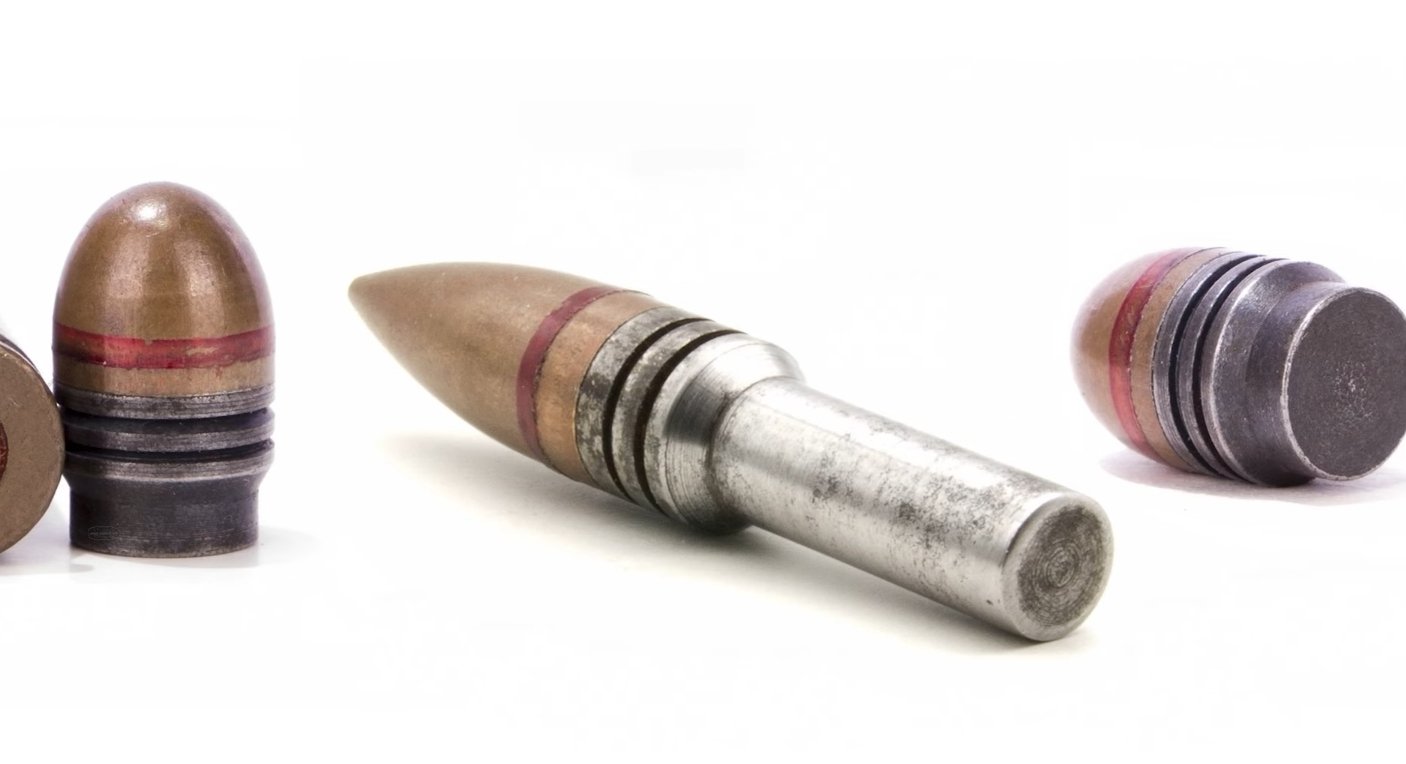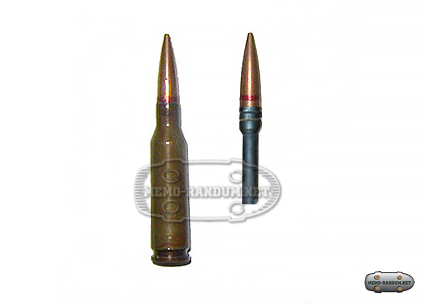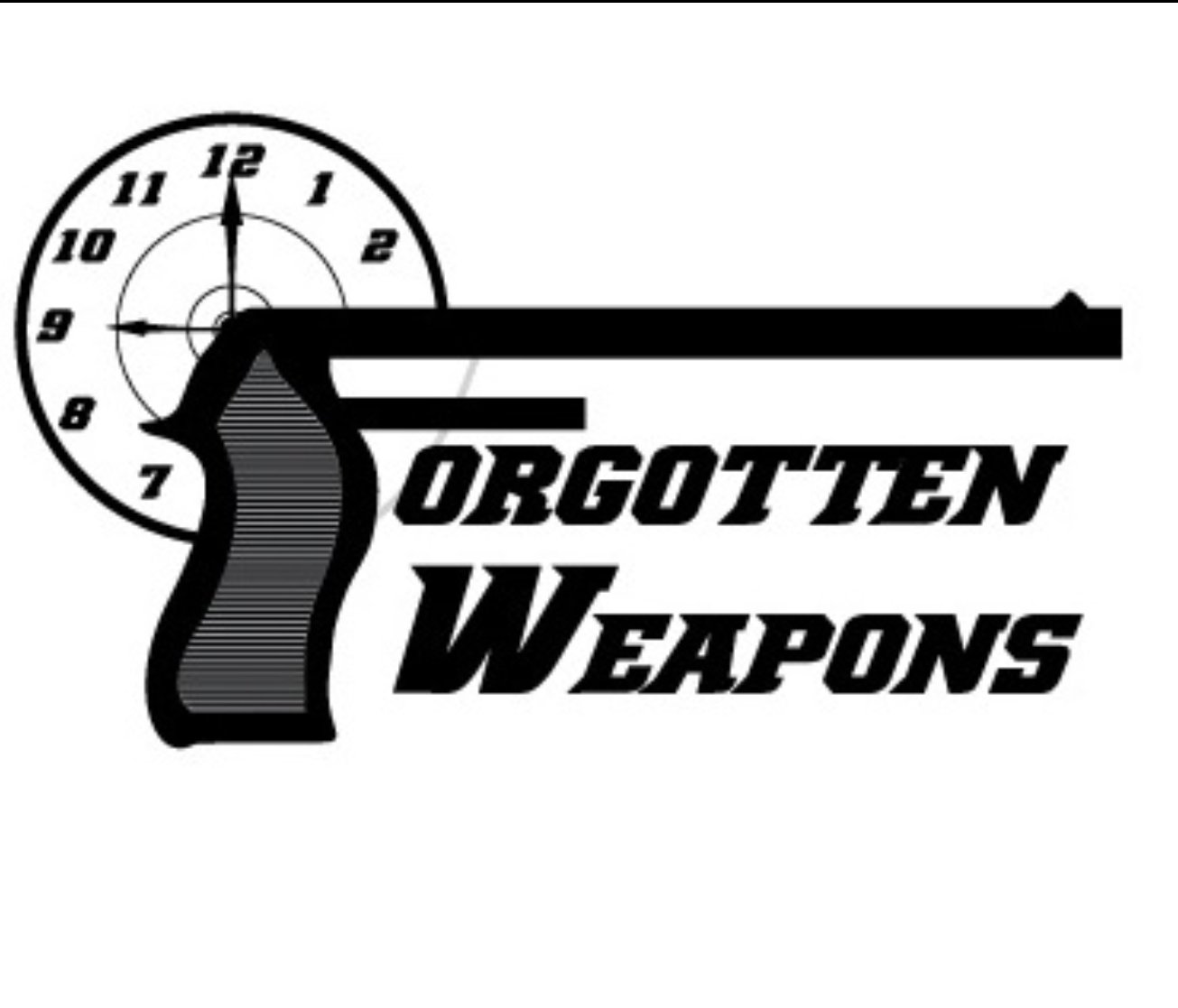These bullets were made to hide their carbide rear end inside the cartridge. They were designed to be given to the Afghans during the Soviet invasion to create barrel obstructions in enemy rifles.
Heard about them from this video (6:34). There doesn’t seem to be much in terms of English language sources, from my brief searching, so if anyone finds more info please share.
After a brief search, indeed, there are not many English sources for this ammo type. I have only found this: https://forum.cartridgecollectors.org/t/iskra-7-62x39mm-5-45x39mm-and-9x18mm-sabotage-cartridges/52606/4
From Russian sources - this ammo was used to clog the barrels of guns. Was produced in 9mm Makarov, 5.45x39 & 7.62(pictures in reverse order.) This ammunition wasn’t any different from regular, including weight and markings.



These would defragment/split into pieces inside the barrel, thus rendering the gun sabotaged. These would be issued to Afghanistan soldiers, who would intentionally “lose” several boxes on the battlefield, and if the enemy picked and used the rounds, their guns would be sabotaged.
The video had mentioned they were weighted to be the same weight as normal cartridges but that last picture is a really good visual of that. The fact they didn’t have a way of telling by marking seems concerning.
If I remember right there was an issue with the Soviets (or maybe Russians at that point) ordering non corrosive ammo so their soldiers had to clean their guns less but they were identical to the corrosive ammo. So they still had to clean them all the time as they couldn’t ever be sure.
So they still had to clean them all the time as they couldn’t ever be sure.
It always be like that. You just never know if this round will blow up your barrel, leave no dirt or just be normal.
Wouldn’t they weigh considerably more, giving them away?
They seem to be hollow inside to allow for a controlled weighting.



